Costa Rica - Medicinal plants in paradise
Costa Rica may be a tiny sliver of a country; however, it supports some of the planet's most prolific biodiversity. While it may be best known for its phenomenal wildlife, this Central American nation is also home to a wealth of botanical species.
The prolific flora includes many Costa Rican medicinal plants that local communities have used in healing for centuries. Modern research is now proving their scientific worth. We will now show you a total of six wonderful medicinal plants and their significance that can be found in this paradise.
1) Cacao (Theobroma cacao)
Cacao has earned a global reputation as the main ingredient in chocolate. However, it also has a multitude of health benefits. Indigenous Costa Rican people have also used this fuschia-coloured fruit for centuries to heal both physical and spiritual ailments. It turns out they were onto something. Cacao seeds are packed with antioxidants, which 'inhibit the activity of free radicals by neutralizing them,' explains dietician Annamaria Louloudis. High free radical levels are associated with chronic conditions such as cancer and heart disease. This is because they can cause oxidative stress that leads to cell damage. Laboratory research has shown that antioxidants display beneficial action against cancer. For example, a study in 2020 showed that epicatechin - one of three antioxidants in cacao - can kill breast cancer cells. Similarly, scientists found in another study in 2016 that another cacao antioxidant called procyanidin can destroy ovarian cancer cells.
Moreover, researchers have discovered that cacao has powerful anti-inflammatory properties, improves gut health, and can help to control blood sugar. Plus, it contains a compound called theobromine which stimulates the nervous system. This makes dark chocolate with a high cacao percentage an excellent - and healthy - snack for when you are feeling sluggish. However, Costa Rican locals also often eat the fragrant white flesh of this fruit and power-packed beans fresh and raw. Cacao is pivotal in traditional Costa Rican spiritual rituals like sacred sweat ceremonies. The purple beans are boiled into a bitter brew shared amongst the participants.
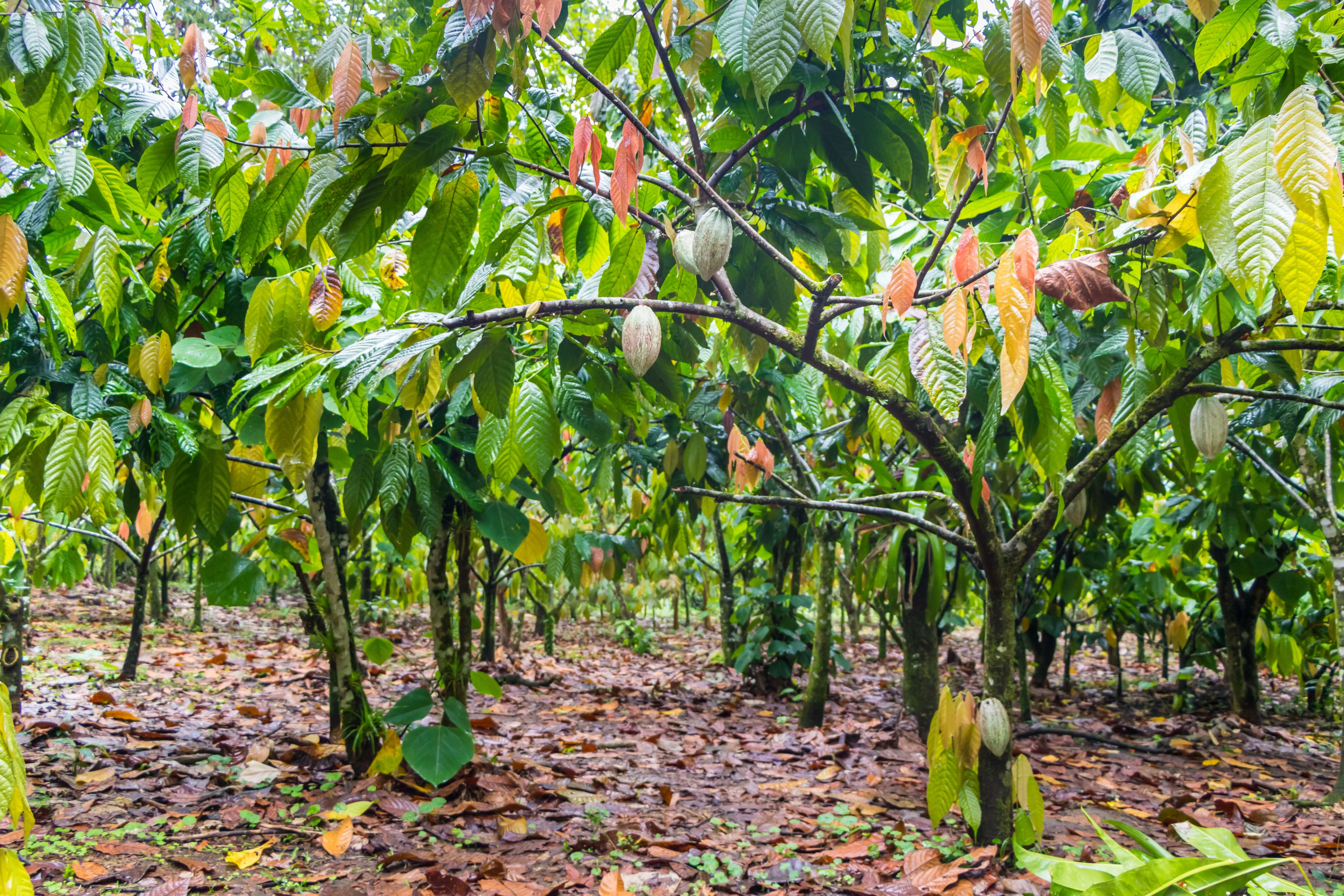
2) Jackass Bitters (Neurolaena lobata)
Jackass Bitters is another popular native healing remedy. This tall, slim shrub is topped with yellow flowers and grows between two and three metres tall on average. It is incredibly bitter, hence its common name. Indigenous Costa Ricans consider it an excellent wound-healing and anti-parasitic agent. They brew it into a tea to purge the body of parasites and treat liver conditions.
Furthermore, people also make a powder from the plant's dried leaves - often mixed with other crushed herbs like basil. This topical poultice reportedly cures open sores or infected wounds. Clinical research on the value of jackass bitters as a Costa Rican medicinal plant is lacking. Nevertheless, recent animal studies showed it promoted wound healing in laboratory mice.
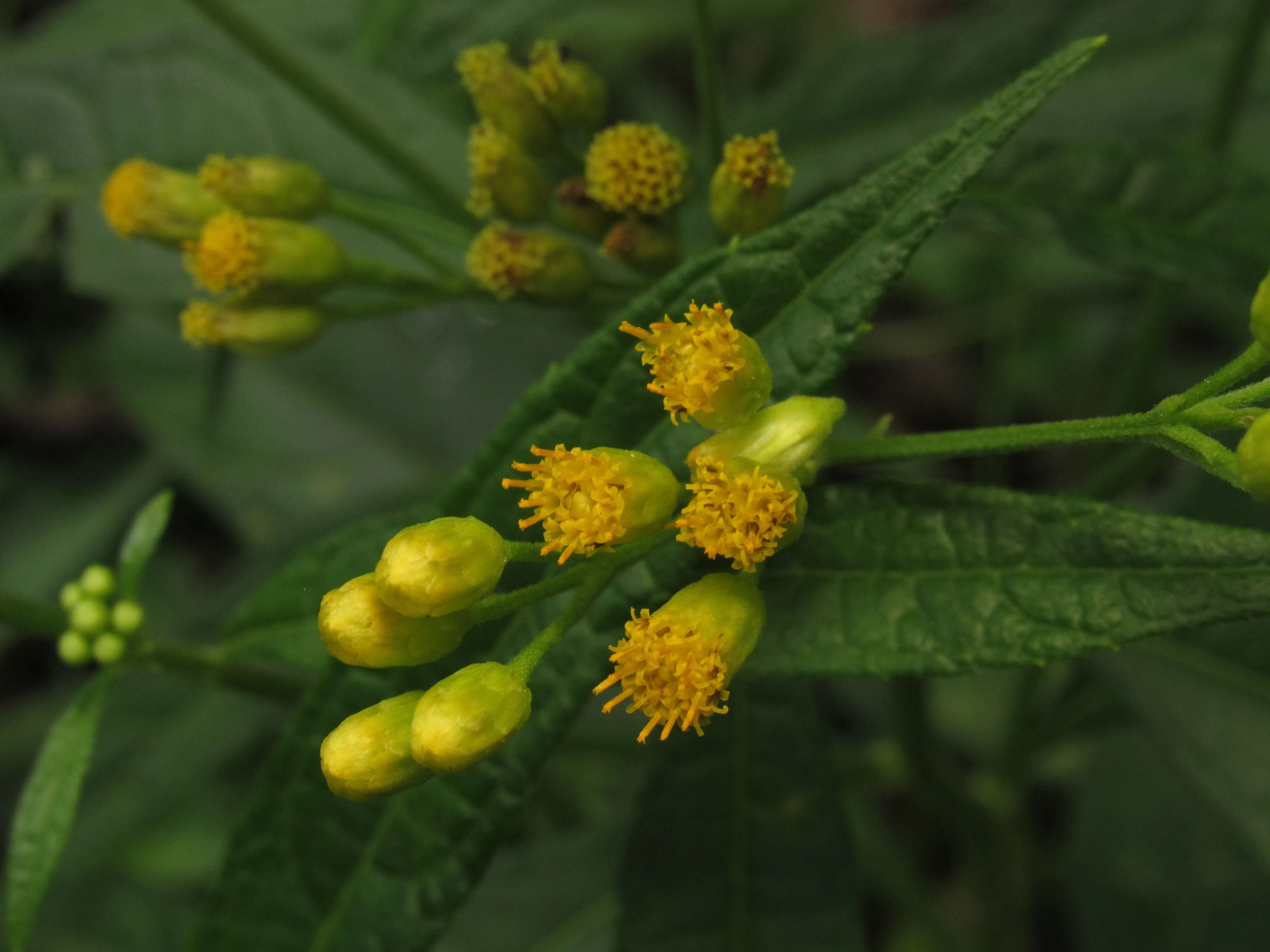
3) Tropical Cilantro (Eryngium foetidum)
This fragrant herb smells almost identical to the 'temperate coriander' (found in cooler climates). It is a versatile plant that grows prolifically in diverse environments across Latin America, from fields to forests. Like its better-known counterpart (Coriandrum sativum), tropical cilantro is used extensively in local cooking. Costa Ricans consider it one of their most essential culinary ingredients, comparable to garlic. However, this species is far more than a flavour enhancer.
For centuries, indigenous people living in tropical regions have used it to treat various ailments. In Costa Rica, traditional healers typically use tea made from the plant's leaves to treat various disorders. These include stomach problems, anemia, and high cholesterol. Similarly, in Belize, many local people use the brew to treat indigestion, while in Honduras, native communities use it as a diarrhea remedy.
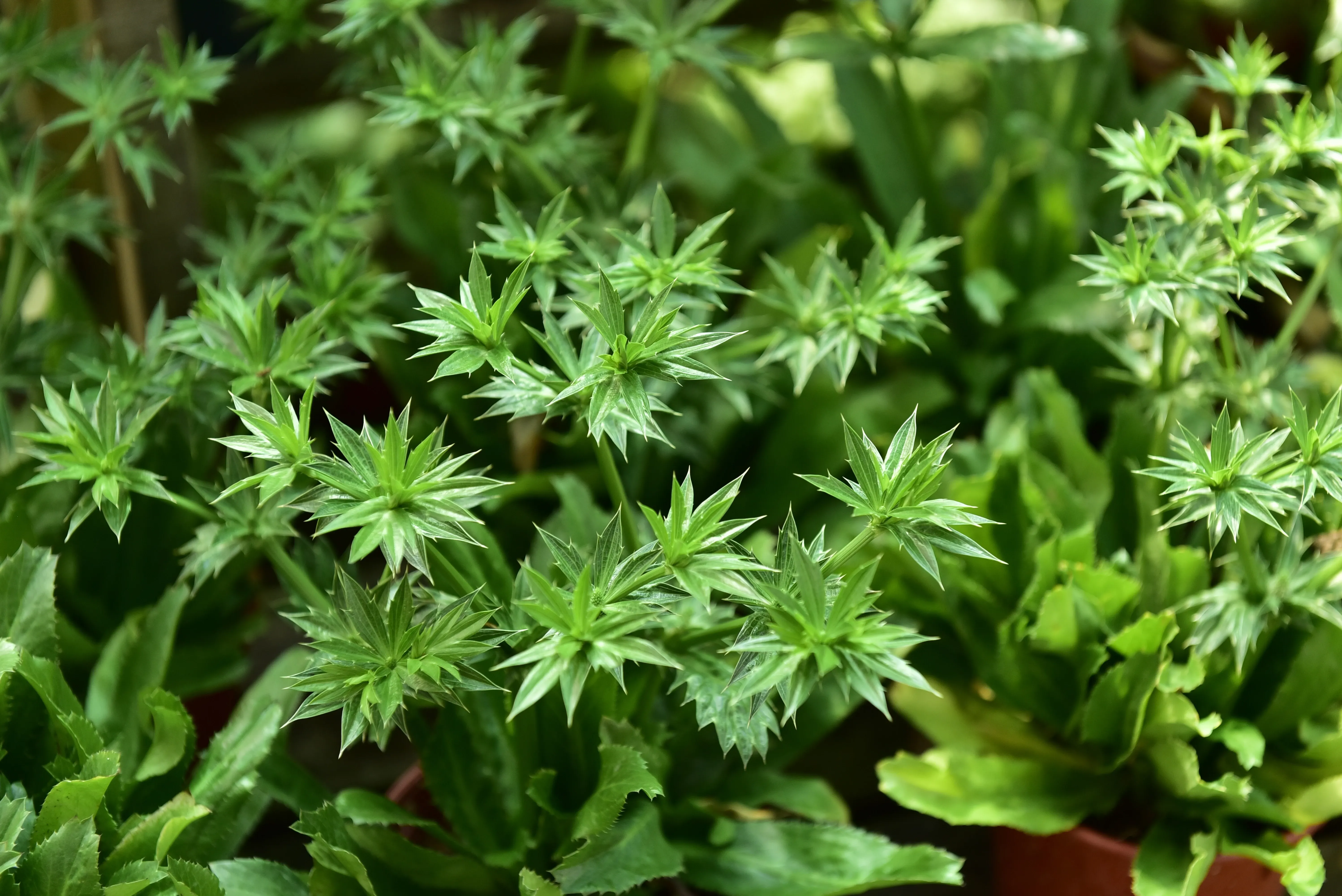
Impressive & wonderful facts about Costa Ricas nature
- Orchid Diversity: Costa Rica is home to over 1,300 orchid species, making it one of the most orchid-rich countries globally.
- Giant Water Lilies: In Costa Rican rainforests, you can find the impressive giant water lily, Victoria amazonica, with lily pads that can reach up to 3 meters in diameter.
- Walking Palm: The Socratea mycorrhiza, or walking palm, found in Costa Rica's rainforests, can slowly shift its position over time by moving its stilt-like roots.
- Strangler Figs: Costa Rica has various strangler fig species, like Ficus aurea, which begin as epiphytes in a host tree and gradually envelop and potentially "strangle" the host over time.
4) Yellow Bells/ The Trumpet Flower (Tacoma stans)
The yellow bells or trumpet flower is a shrub common to many parts of Latin America. Costa Ricans call it vainicillo, meaning little vanilla. They have used it for thousands of years to treat diabetes, kidney problems, and rheumatism. The leaves and flowers (and sometimes the root) of the plant are boiled to prepare tea.
Modern research has shown this brew effective in treating Type 2 Diabetes. Scientists have identified the active ingredients as two alkaloids - tecomine and tecostamine. These compounds lower blood glucose levels in laboratory animals. Furthermore, researchers have found that trumpet flowers have powerful antibacterial, antioxidant, and anti-inflammatory properties.
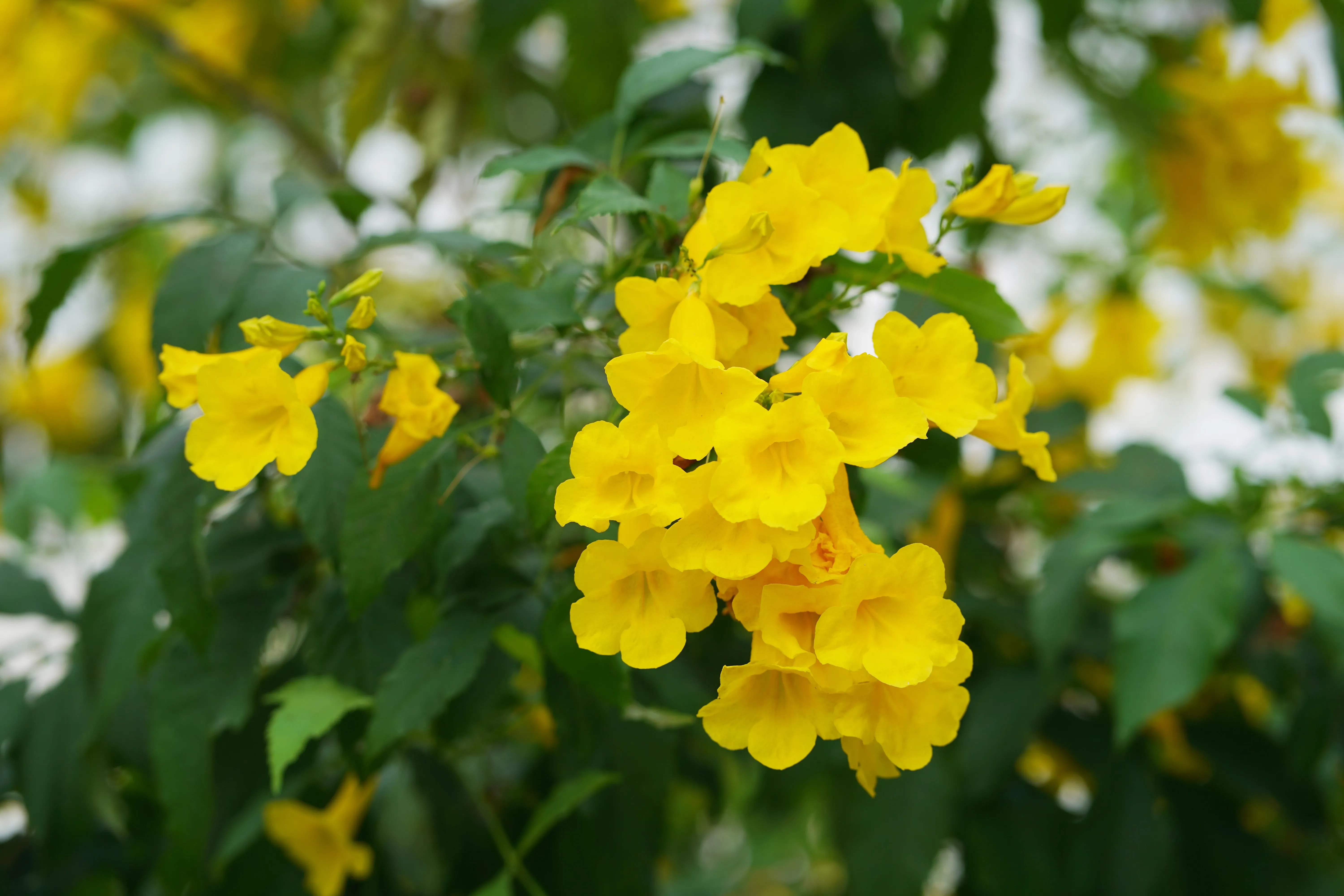
5) Sensitive plant / Dormilona (Mimosa pudica)
If you brush the leaves of the 'sensitive plant' even lightly with your fingers, they will curl up in response to the uninvited touch. Dormilona translates to 'sleeping lady,' a nickname the plant has partially earned because of how it retracts in response to human contact.
However, this medical Costa Rican plant also has mild sedative effects that make its name even more relevant. This botanical has been used as a tincture or tea by indigenous peoples for centuries for both physical and mental calming purposes. Native healers prescribe it to ease muscle spasms, soothe nerve pain, and relieve insomnia.
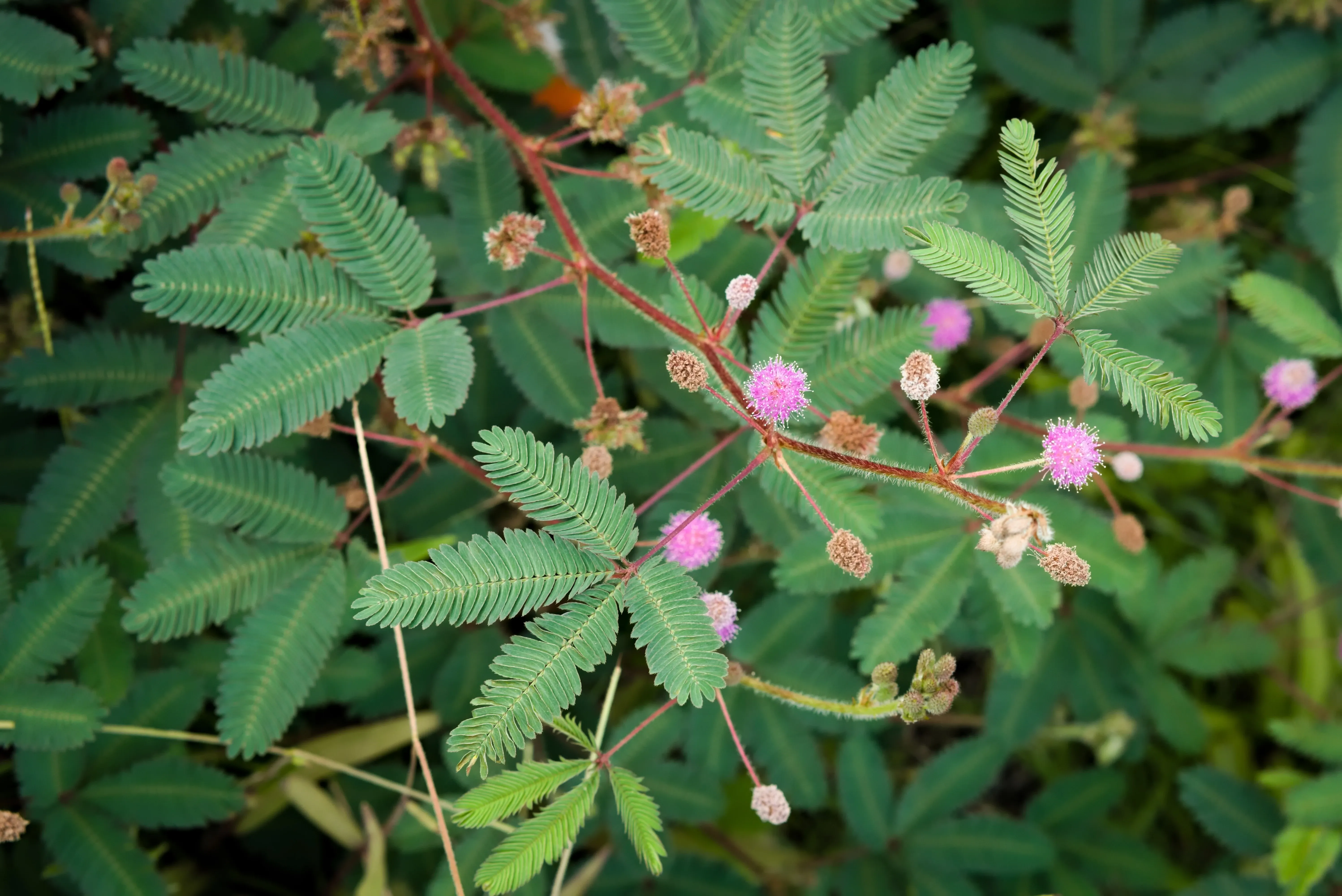
6) Aloe Vera (Aloe barbadensis)
One cannot leave aloe vera off the list of Costa Rica's most outstanding medicinal plants. This well-known succulent is composed of a cluster of bright green, spiky leaves with a fleshy, almost translucent inside. Indigenous communities have traditionally used it to treat burns, bites, wounds, psoriasis, dermatitis, and other skin conditions. Locals also eat pulpy flesh, which is high in antioxidants, vitamins, minerals, healthy enzymes, and amino acids. Alternatively, they make it into a cleansing tonic.
Unlike some of the country's lesser-known healing flora, aloe vera has a worldwide reputation as a botanical panacea. Furthermore, a sizable body of scientific evidence supports these claims. Modern large-scale reviews of the existing literature provide convincing evidence that aloe vera is a medicinal wonder plant. For example, a 2018 study reported that 'The leaves of this wonderful medicinal plant contain various bioactive compounds that exhibit emollient, purgative, anti-inflammatory, antioxidant, antimicrobial, antifungal, aphrodisiac, [and] antiseptic values'. The authors add that it also has significant skin healing and nourishing properties. Consequently, this Costa Rican medicinal plant is widely used and promoted in the cosmetic industry.
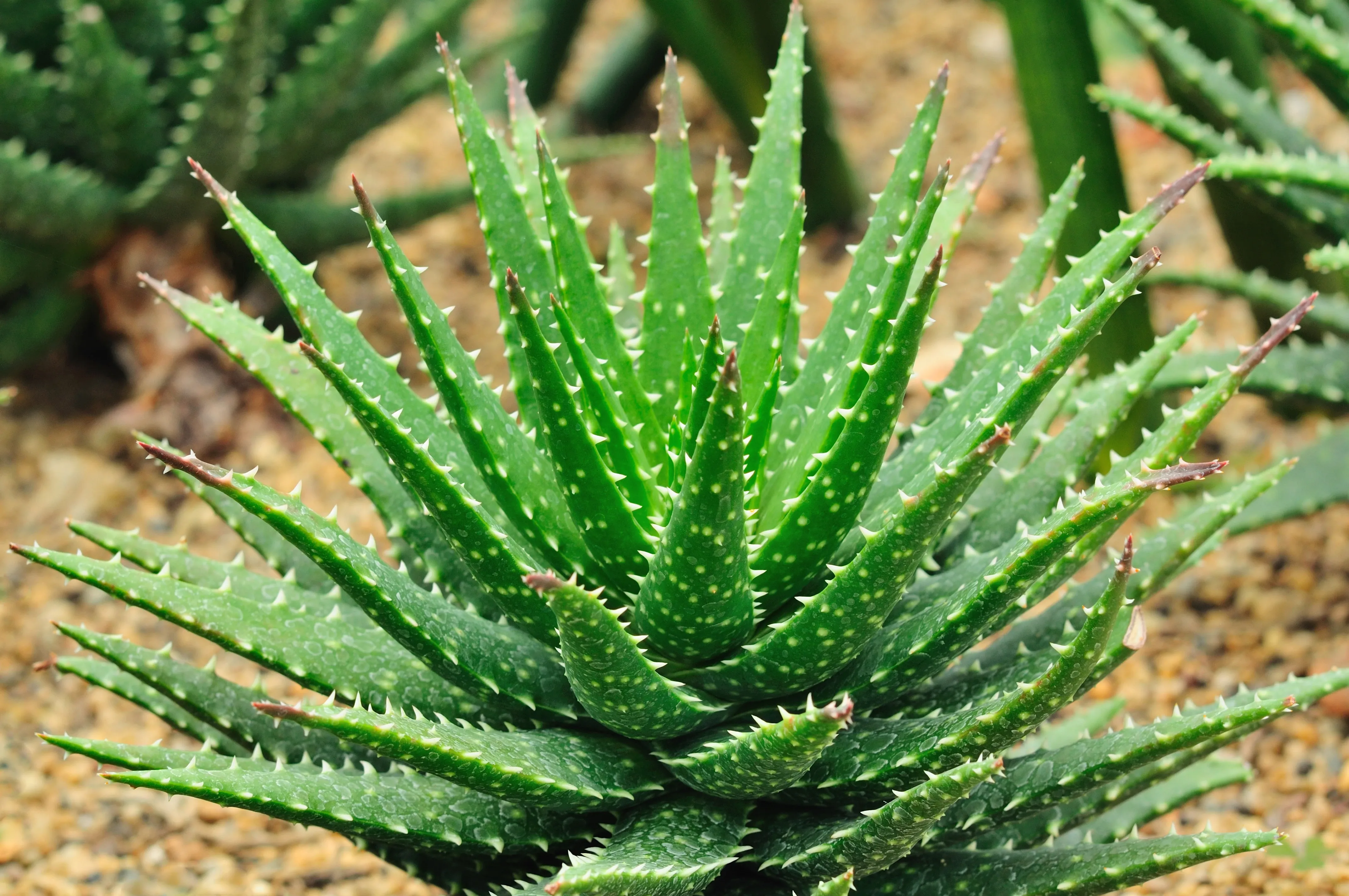
Costa Rican medicinal plants in the future
The plants mentioned above are just a minute sample of the hundreds of Costa Rican medicinal plants across the country. Fortunately, the locals hold firmly to their heritage of botanical healing. Several medicinal plant centres exist, while many cultivate therapeutic gardens, even in urban settings. This bodes well for the long-term preservation of these Costa Rican medicinal plants and the healing they have to bestow.
Additionally, modern research is now proving the value of many of these species. Hopefully, this will open more doors to harnessing their healing potential in the future.






